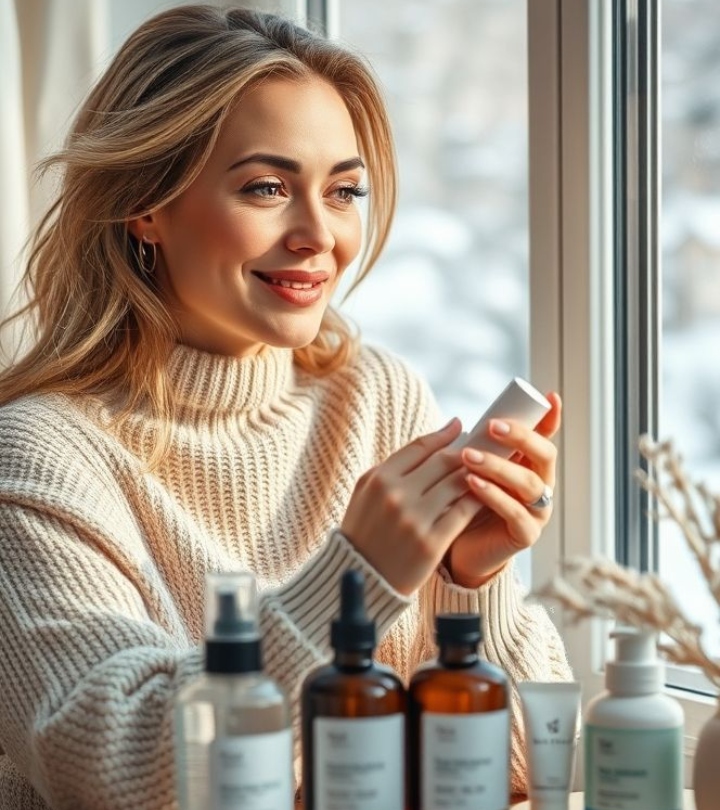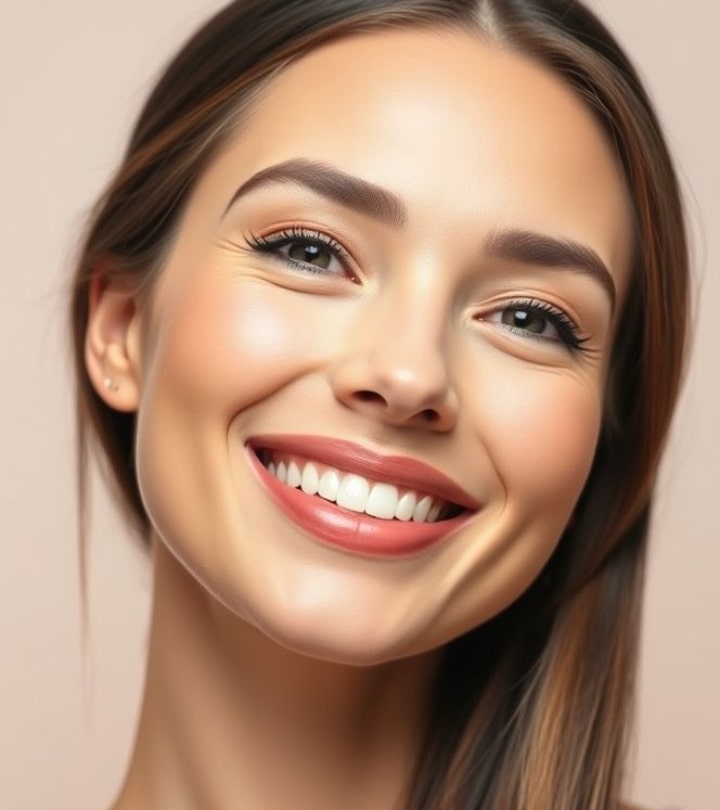In recent times Lip fillers have become very popular. Have lip augmentation procedures developed over recent times? If so, what was the driving force behind these changes?
Lip augmentation first began in the 1960s but was ceased thirty years later as experts feared the effects that silicone could have on people’s general health due to the potential dangers and also the questionable results. Thanks to the marvels of modern science and expanding interest in the industry we have come a long way since then.
Today consumers and physicians are adopting the dermal fillers which contain hyaluronic acid, which is a substance found in the naturally in the body and is also a component of many topical skincare products. It is a hydrophilic carbohydrate which integrates itself with our tissues and attracts water molecules to give the desired appearance of increased volume in the targeted treatment area. As it is a naturally occurring substance it is easily metabolised and subsequently excreted by the body.
The perception of objective aesthetic beauty has changed greatly over the years, and continues to do so within different cultures. Plump full lips with an emphasised border have for a long time been recognised as a symbol of beauty and enhancing youth.. In the early years of lip filler the focus was made directly to the upper lip without the taking into mind the position or the size of the lower lip. This created the look of ‘duck lip’ or the ‘trout pout’ which today is highly undesirable to many people. Since then it has gone from only treating the top lip, to a focus on creating a balanced, natural look with now injecting the lower lip.
However, beauty is of course subjective, we all have different opinions on what looks beautiful or aesthetically. As a result, the emphasis placed on providing individualised treatments for all clients is an essential element of modern aesthetic practice. The typical ratio for a balanced lip should be 40% upper and 60% lower volume in Caucasian Europeans. This differs when we bring in other ethnicities, when we look at afro Caribbean or south-east Asians, they tend to have a 50/50 balance.
Table of Contents
Perfecting Lip Augmentation: Customized for You
The biggest goal we aim to achieve with our clients is to give them back the confidence they deserve. To be able to make small enhanced adjustments that returns them with something they may have lost due to ageing or just a small bit of definition which will give them the confidence they need.
Our clients attend the clinic for a long list of diverse reasons. It could be that the process of aging is beginning to appear, the skin has started to wrinkle in places and the plumpness has reduced or it could be that you are trying to enhance what you already have to create a facial balance.
Attempting to create the lips of a younger person on an older client is not going to be one that will achieve natural results. Younger clients most likely will come looking to create a defined and plump look, whereas older clients with thinner more wrinkled lips will require more volume since losing this in the ageing process.
It is important to have a thorough understanding of what is needed to create symmetry and a look perfect for each individual. As clinicians we must view the clients from all angles. It is vital that we observe their faces from front on, their side profiles and oblique angles. This gives us a better idea of which lip needs projecting to create balance between the other facial features. This also gives us an idea as to how much and what type of filler is used to create the naturally appealing lip.
The key to achieve a natural lip augmentation:
- Having a consultation with the clinician performing the treatment. Assessing exactly what the client wants out of the treatment and agreeing together what will best suit the individual.
- Having thorough understanding that the pertaining of the lips and the facial balance is paramount.
- Knowing how to perform the treatment on aged lips and creating an age appropriate look.
- Considering the amount of filler needed and the correct brand for the desired outcome.
- Using the correct technique required to achieve the final look.
What should you take into account when considering lip fillers?
- Ask the clinician about what qualifications and experience they have undertaken.
- How long has the clinician been practising aesthetic medicine?
- Are the clinicians able to respond appropriately if there were to be any complications?
- Do they have before and after photos of their work?
- Will the treatment be painful? Is there an option for anaesthetic?
- Are there any side effects and how likely are they?
The clinician should:
- Undertake a consultation with the client, discuss what the client wants to achieve from the treatment.
- Make the client aware of the different types of filler they use, and which fillers will produce the desired results.
- Discuss the amount of filler needed to reach the desired look.
- Let the client know how long the filler will last, and when they may need to come back for a top up.
- Explain the possible side effects and their likely duration – bruising, soreness, pressure like feeling, redness and swelling
- Let the client know how much the treatment will cost.
What are you to expect during and after treatment?
Your clinician may ask to take a photo of your lips. This may be to use on the website for before and after pictures or just for their own reference. If this is something you are not comfortable with then you have every right to let your clinician be aware of this. They will then apply an anaesthetic cream on the treatment area and leave this on for around 15 minutes. The area will then be cleansed, and the injecting of the upper lip will begin, followed by the bottom lip. You may feel a slight bit of discomfort and you can ask for a break from the injecting if necessary. A gentle massage to ensure all the filler is spread into the right places to create the perfect pout. Finishing off with a post procedural cream (arnica gel) which helps with the reducing of bruising. You will be shown your results in a mirror. The final result won’t be seen until a few days later when the swelling goes down. Your clinician should give you some verbal and written post-treatment advice and instructions. Lastly, he or she may take a picture of the final results if permitted.
Don’ts:
- Apply make-up or lip products for 24 hours
- Use sun beds or saunas for 48 hours
- Drink alcohol
- Exercise
It is completely normal for swelling can occur and will take 3-4 days to settle. You may use ice packs and ibuprofen to help reduce swelling if required. The clinician will offer you a contact number should you experience any excessive swelling, bruising, pain or discoloration post-treatment. If you’re looking for lip filler in Bristol, you can contact a clinician who will discuss you through the process.









